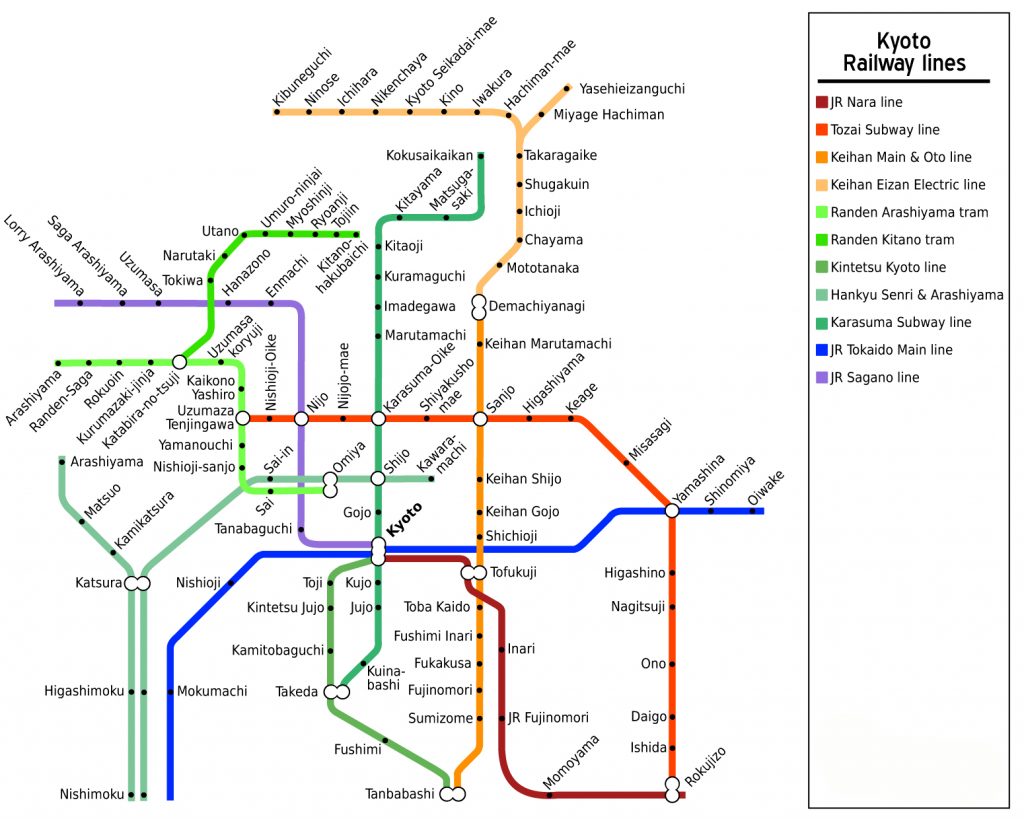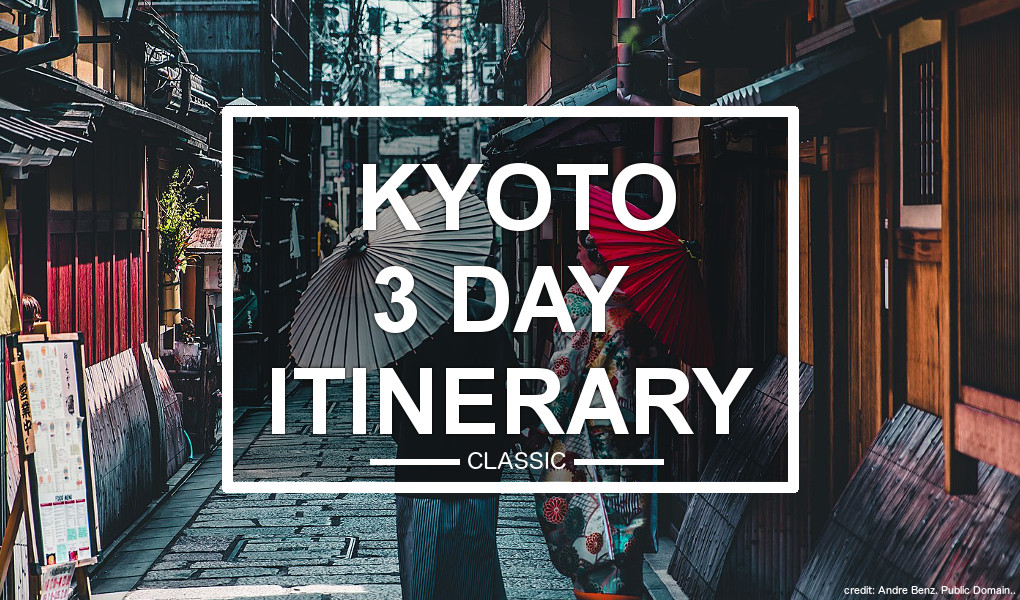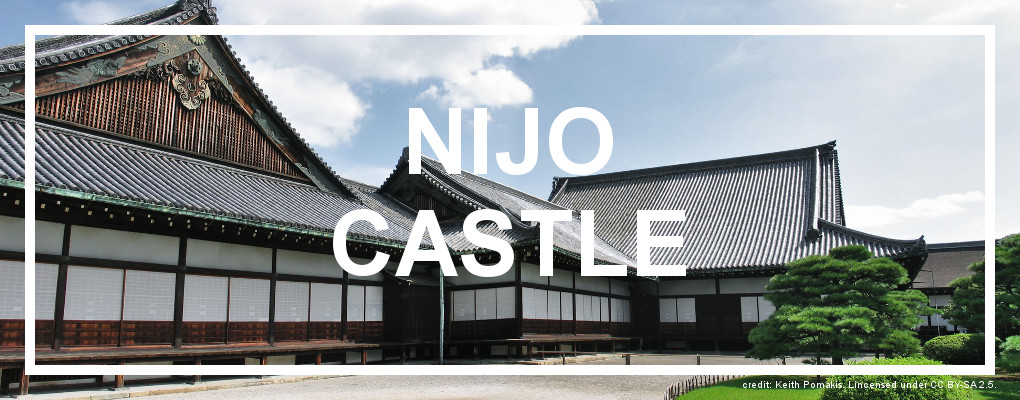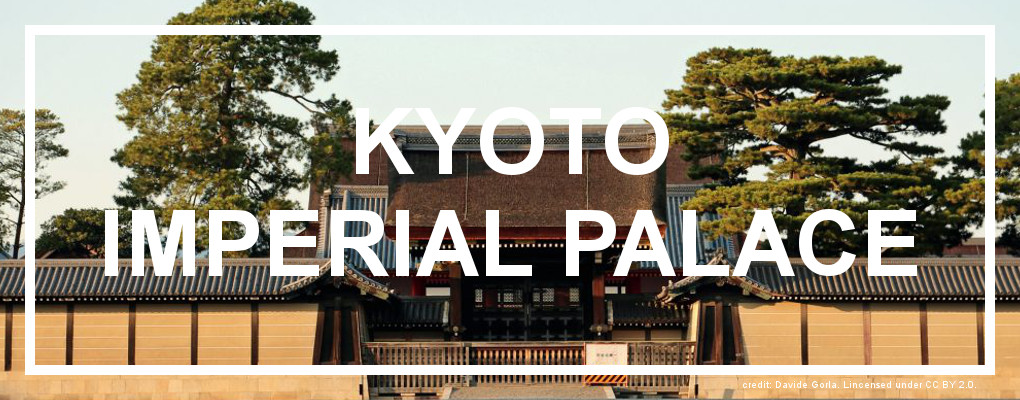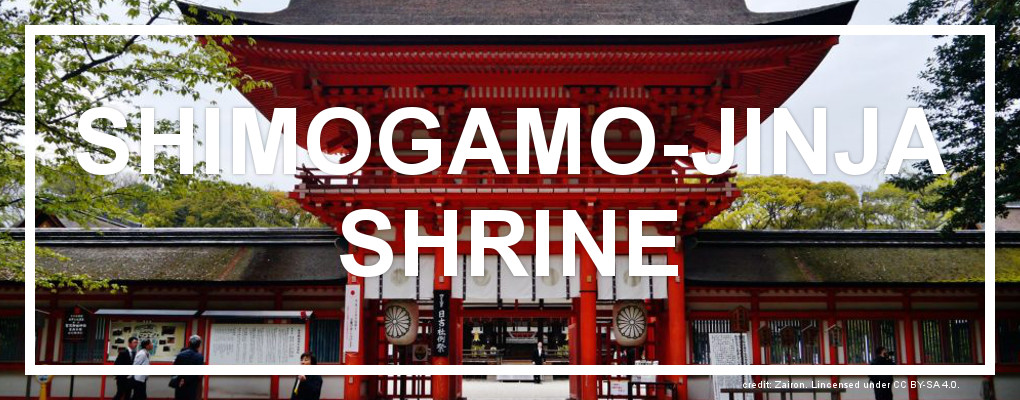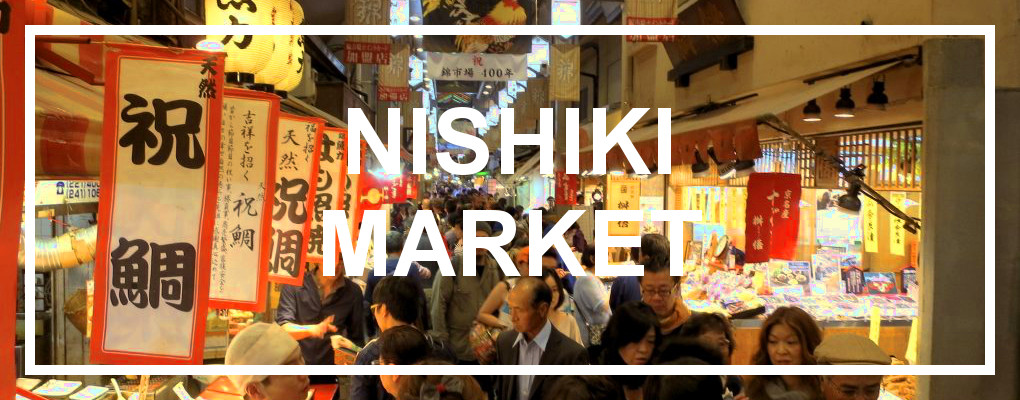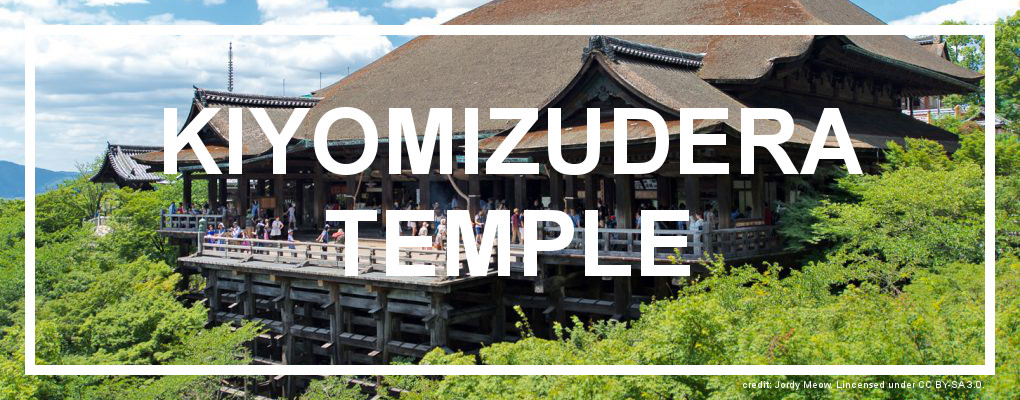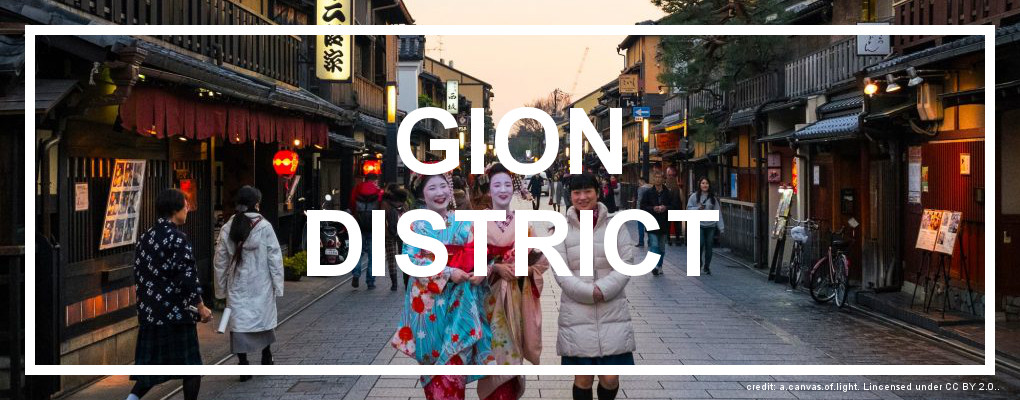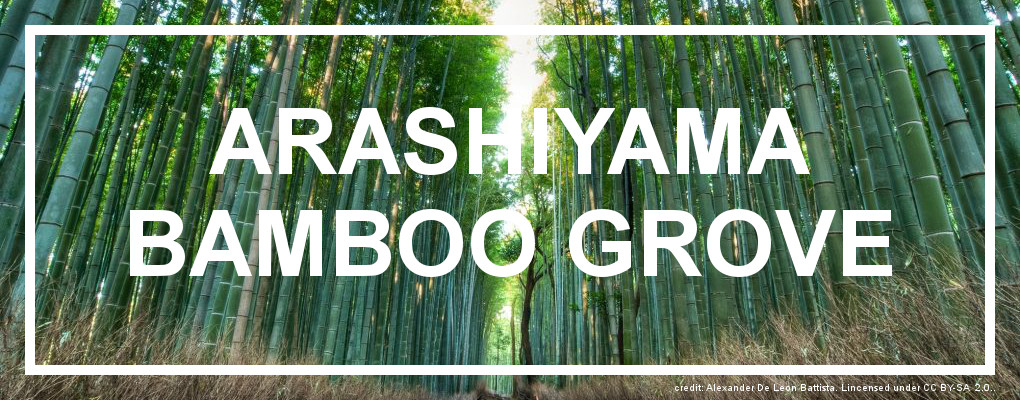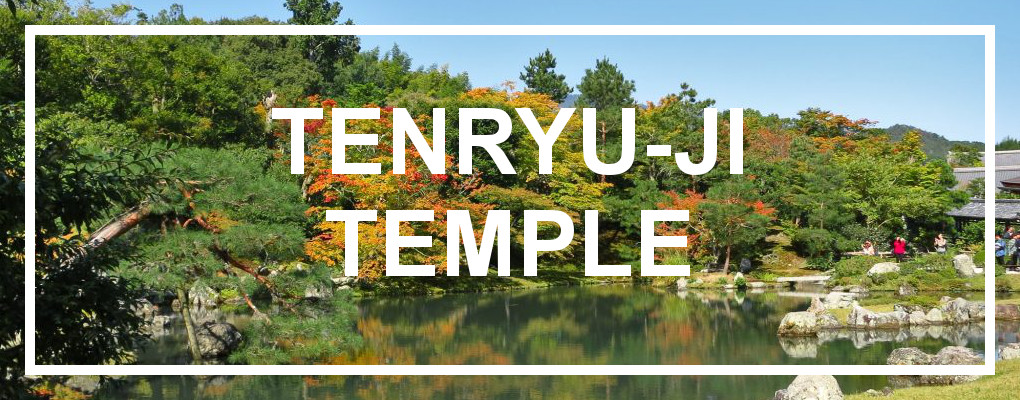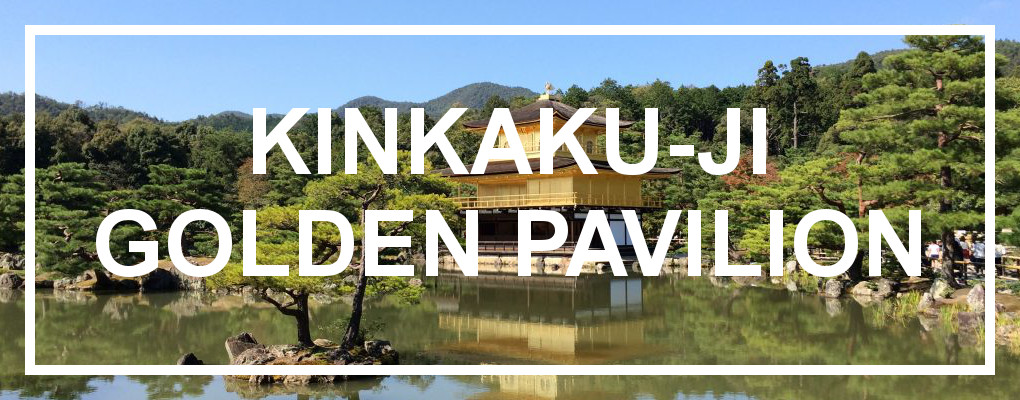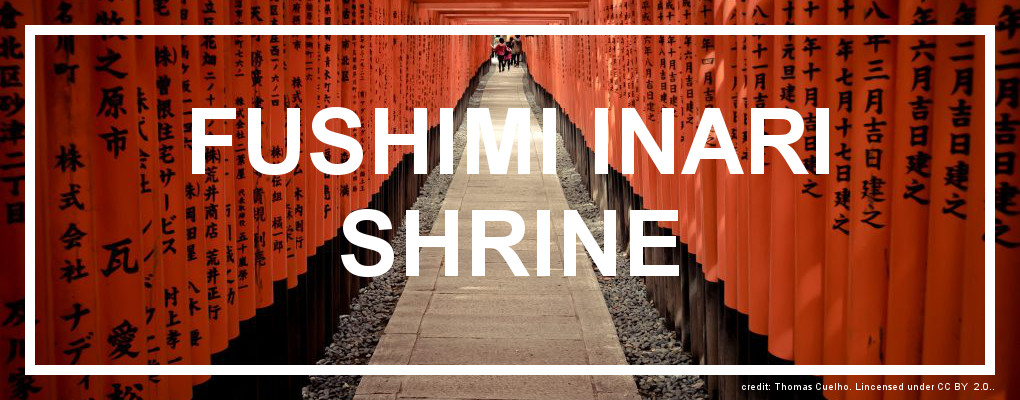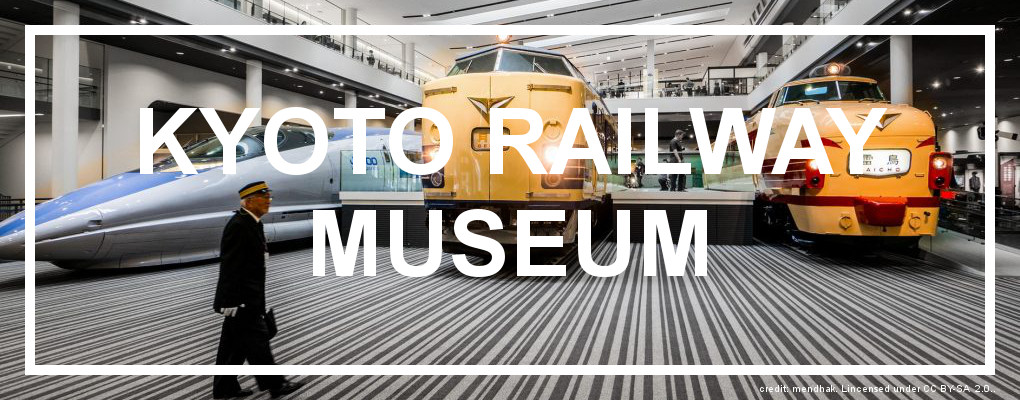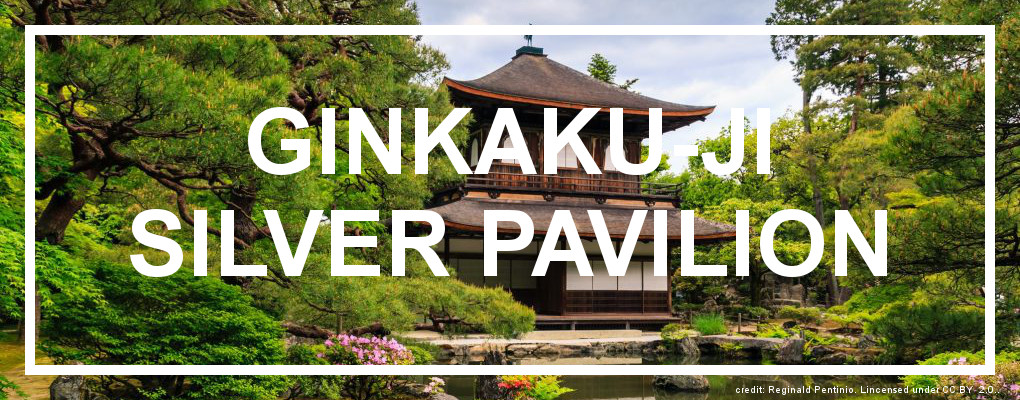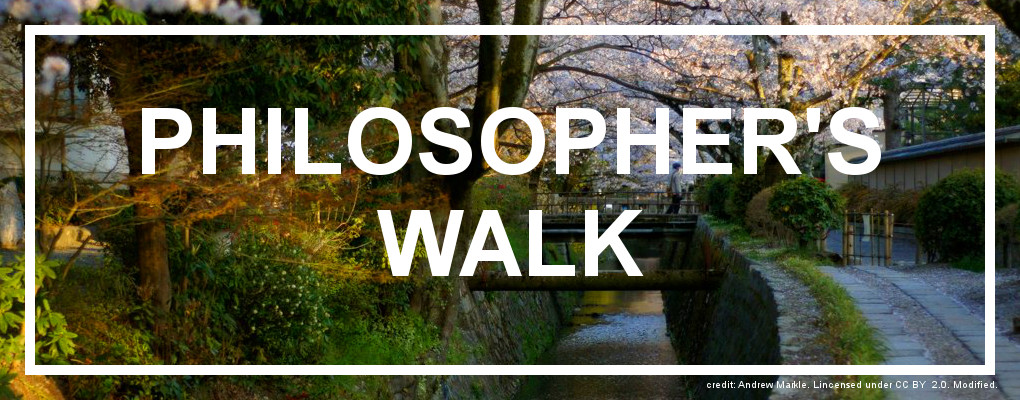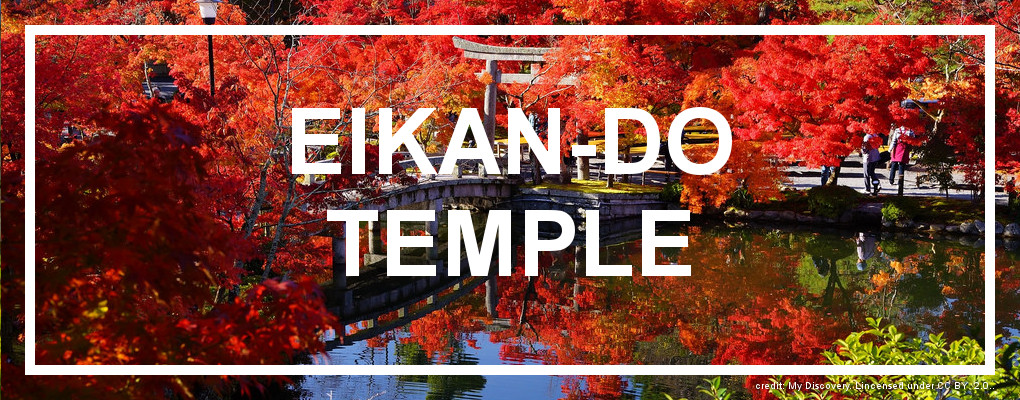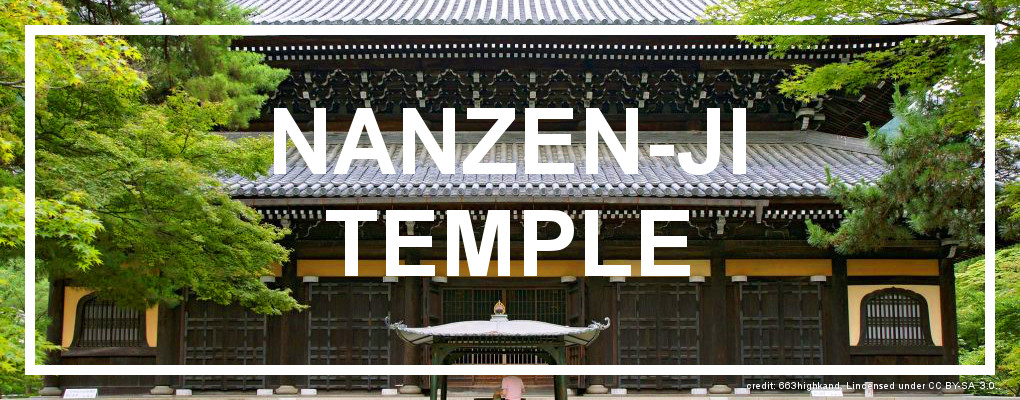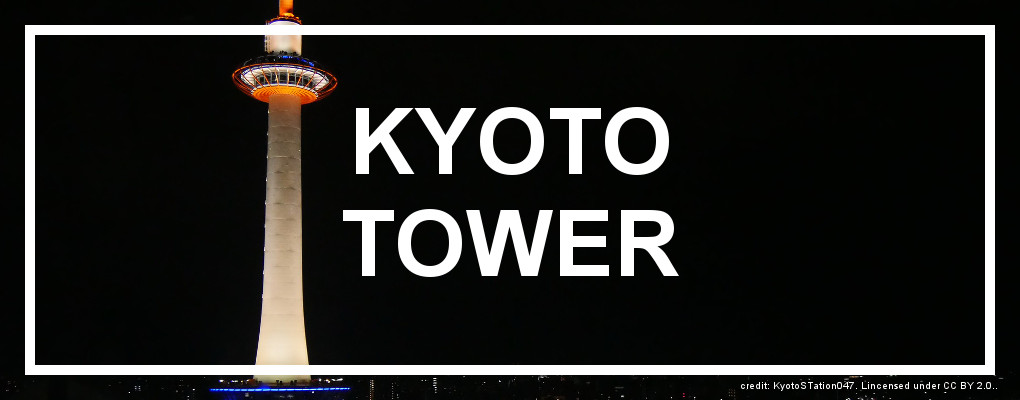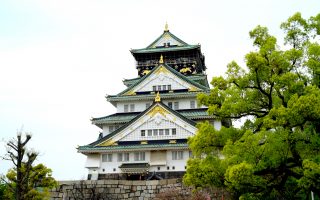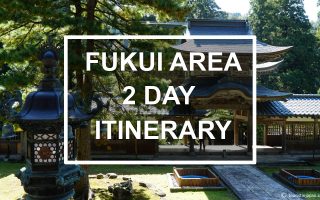With around 1.5 million citizens, Kyoto is only ranked as the approximately 8th largest city in Japan. However this historic city, which was the capital of Japan for over a 1000 years, is probably the most visited in the country. With an incredibly rich history, uncountable ancient buildings and more than 1600 temples, Kyoto was spared during the second world war, and has become the historic center of Japan and the place to go for visitors who want to get a sense of the ancient culture of the country.
Kyoto ranks very high on most tourists list of places to go in Japan, and with good reason. While the crowds can be quite large, you won’t find such a high concentration of temples, shrines and history anywhere else in the country.
Recommendation on hotels, transport etc can be found at the bottom of the page.
3-day itinerary Kyoto
Day 1 – Central Kyoto
On the first of your two days in Kyoto you will explore some of the attractions around the central part of the city. The itinerary includes a castle, palace, shrine, temple, market and the famous geisha district.
| 09:00 | Nijo Castle |
| 11:00 | Kyoto Imperial Palace and garden |
| 12:30 | Shimogamo-jinja Shrine |
| 14:00 | Nishiki market |
| 16:00 | Kiyomizu-dera |
| 18:00 | Gion (Geisha District) |
Day 2 – Arashiyama, Golden Pavilion and Fushimi Inari
On the second day, you will explore the historic town of Arashiyama, and walk in the world famous bamboo grove. Afterwards you will pay a visit to the golden pavilion temple, and end the day by passing through the thousands of torii gates at Fushimi Inari shrine. You can also book this exact itinerary as a guided tour.
| 09:00 | Arashiyama Bamboo Grove |
| 10:30 | Tenryu-ji temple + Arashiyama town |
| 14:00 | Kinkaku-ji (golden pavilion temple) |
| 16:00 | Fushimi Inari Shrine |
Day 3 – Philosophers path, silver pavilion, Eikan-do and Nanzen-ji
The third day offers a lot of exploration by foot. Start at the Ginkaku-ji, silver pavilion temple, then stroll down the peaceful philosophers footpath. At the end of the path, you get to explore the atmospheric Eikan-do temple and then Nanzen-ji temple and it’s unusual aqueduct.
| 10:00 | Kyoto Railway Museum |
| 13:00 | Ginkaku-ji (silver pavilion) |
| 14:00 | Philosophers Walk + small temples and shrines along the way |
| 15:00 | Eikan-do temple |
| 16:00 | Nanzen-ji temple |
| 18:00 | Kyoto Tower |
Itinerary Details
Details of Day 1
Nijo CastleNijo Castle is a beautiful and well preserved castle, which dates back to the early 1600’s. It was commissioned by the Tokugawa clan, which ruled the country between 1603 and 1867. The castle features two palaces and numerous gardens. The complex is listed as a UNESCO world heritage site. |
Kyoto Imperial Palace and GardenUntil 1868, Kyoto Imperial Palace was the seat and home of the ruling Emperor of Japan. The palace is located in a large park complex which encompasses the Imperial Palace and Sento Imperial Palace. The park and outdoor area of the palaces are open to the public at no charge. Nearest station: Marutamachi StationorImadegawa Station. |
Shimogamo-jinja ShrineShimogamo-jinja is one of the oldest shinto shrines in Japan. The shrine stands as a perfect picture of the classic Japanese shrine, with vermilion colored buildings, paper lanterns, beautifully kept premises and overall peacefulness and tranquility. Shimogamo-jinja is postcard pretty, and has made it into this itinerary both for it’s historical and aesthetic properties. Nearest stop: Shimogamo Jinjazen Bus Stop. |
Nishiki MarketNishiki Ichiba is a long, covered shopping arcade in central Kyoto. The more than 100 shops located here are a mix of food vendors, restaurants and specialty shops. This 400m long street is sometimes referred to as “The kitchen of Kyoto”. That his opportunity to try some of Kyotos famous foods like Yudofu tofu, Eel, Yatsuhashi sweets and assorted Tsukemono (pickles). You can either have lunch or a late snack here if it fits your schedule. Nearest station: Karasuma Station or Kawaramachi Station. |
Kiyomizu-deraKiyomizudera temple is located on a hill side on the eastern side of Kyoto. This Buddhist temple, which was founded in 778, is well known for it’s waterfall and unique terrace which sticks out over the hill side. Though located slightly outside the center of the city, this temple is well worth the trip. The unique wooden terrace and great view of Kyoto can’t be missed. You can also book an exclusive insider tour, if you want the full experience of this beautiful temple. Nearest stop: Gojozaka Bus Stop. |
Gion Geisha DistrictKyotos Gion District is one of Japans most well-known “Geisha districts”. Visitors travel to Gion for a chance to catch a glimpse of a Geisha (or Geiko as they are called here), enjoy the well preserved, historic entertainment area and to learn about traditional arts and crafts. The area is especially atmospheric in the early evening, which makes it a perfect place to end the day. Nearest station: Gion-Shijo or Kawaramachi Station. |
Details of Day 2
ARASHIYAMA BAMBOO GROVEArashiyama bamboo forest, also known as Sagano Bamboo Forest, is probably among the top 3 attractions in Kyoto. You have likely already seen photos of this scenic forest on covers of travel books and magazines. Arashiyama Bamboo Forest is a magical place with beautiful light and sounds. When wandering along the paths, you should try to listen for the quiet rustling of the leaves at the top of the incredibly tall bamboo plants – this sound is listed as one the 100 sound scapes of Japan (sounds important for Japanese culture). Nearest station: Saga-Arashiyama Station. |
TENRYU-JI TEMPLETenryu-ji temple is a Rinzai Zen buddhist temple in Arashiyama. The temple is located in proximity of the famous bamboo forest, which it is thought to have founded. The temple is the highest ranked of the 5 Zen temples of Kyoto and is famous for its incredible Japanese garden which you really shouldn’t miss despite the small entrance fee. The temple is in walking distance from the bamboo forest. Nearest station:Saga-Arashiyama Station. |
KINKAKU-JI TEMPLE (GOLDEN PAVILION)Kinkaku-ji, meaning Temple of the Golden Pavilion, is one of the most well known attractions in Kyoto. The three story pavilion has it’s two top floors covered in gold leaf. The building is located in a beautiful zen-style Japanese garden. The complex dates back to the late 1300’s. Nearest stop:Kinkakujimichi Bus Stop. |
FUSHIMI INARI SHRINEFushimi Inari Taisha is the main shrine for Inari, one of the most prominent gods (kami) of the Japanse Shinto religion. The shrine is especially known for it’s thousands of red/orange torii gates lining the paths up the mountain behind the shrine. This is truly a unique place, which must be experienced. Make sure to walk up the trails behind the shrine building for the full experience. If time permits, then hike the loop trail which is at the top of the hill. Nearest station: Fushimi-Inari Station. |
Details of Day 3
Kyoto Railway MuseumKyoto Railway Museum is a modern train museum where visitors can learn about the development of the train network in Japan, and how it contributed to the country’s modernization. Having already spent several days in Japan, you will without doubt have encountered the worlds best train system. Here you learn how it came to be so good. There are 53 full-size trains on display. Nearest station: Umekoji-Kyotonishi Station. |
Ginkaku-ji (silver pavilion temple)Ginkaku-ji, meaning “silver pavilion temple“, is a buddhist temple in the northern part of Kyoto. Despite being named “silver pavilion” it isn’t actually decorated with silver. Having visited the golden temple yesterday, it will be interesting to discover the contrasts to the silver temple. The temple is famous for its unique gardens – a stone garden and a moss garden. Nearest stop: Ginkakuji-mae bus stop. |
Philosophers WalkThe Philosopher’s Walk is a shorter foot path in Kyoto. The path is just under 2km (1.2mi) long and runs along a canal at the foot of the Higashiyama mountains. The path is lined with cherry trees, making it beautifully covered in pink petals for a week or two during spring. The path is name “philosophers walk” because Japans most famous philosopher, Nishida Kitaro, walk here daily on his way to the university. It is believed that he developed many of his great ideas while walking here. Nearest stop: Ginkakuji-mae Bus Stop. |
Eikan-do TempleEikan-do temple, formally named Zenrin-ji, is a Pure Land buddhist temple located in Kyoto. The temple is widely famous for it’s amazing fall foliage, which attracts huge crowds of locals and tourists in November. The nick-name of “Eikan” is derived from the name (Yōkan) of one of the former head priests of the temple. Nearest station: Keage Station or Nanzen-ji Eikandodo Bus Stop. |
Nanzen-ji templeNanzen-ji is one of the most important Zen temples in Japan. It is the head temple of the Nanzen-ji Rinzai sect and is known especially for it’s beautiful stone garden. The temple grounds host several other temples and a huge Meiji-era aqueduct. The area is accessible free of charge, but there are fees to enter specific buildings in the complex. Nearest station:Keage Station or Nanzenji Eikandodo Bus Stop. |
Kyoto TowerKyoto Tower is located centrally in Kyoto. It has an observation deck at a height of 100m, from where there is a magnificent view over the city. From here it’s really possible to observe how the city is located between mountains. At night, there’s a beautiful view of all the flickering lights of Kyoto. It’s the perfect place to end a great day in Kyoto. Nearest station: Kyoto Station. |
Planning Your Stay in Kyoto
Accommodation
Hotel Recommendation for Kyoto:
K’s House Kyoto Backpackers Hostel (budget)
K’s house hostels is a chain of high-quality hostels in Japan. The cleanliness is always perfect, and the location is fantastic. K’s house Kyoto has both dorm rooms and private single, double and family rooms at very competitive prices. The hostel offers both breakfast and bicycle rental, and is located a 10min walk from Kyoto Station. Book now.
APA Hotel Kyoto Ekikita (mid-class)
APA Hotel Kyoto Ekikita is a nice, 3-star hotel located just 2 minutes from Kyoto station. This hotel is perfect if you plan to explore Kyoto and the surrounding area, as you will have easy and quick access to trains and busses. Book now.
Kyoto Umeyu No Yado (luxury)
At this 5-star facility you get an entire home for yourself, at a perfect location in Kyoto. This luxury holiday home, which sleeps 5 people, is truly a one-of-a-kind accomodation. The rustic, classical Japanese decor, beautiful small garden and spacious rooms are unparalleled in Kyoto and will give you the perfect experience of submerging into the classical Japanese culture. Book now.
Find more hotels in Kyoto
Guided tours
Exploring Kyoto on your own is indeed rewarding. However, should you desire a more in-depth experience with a local guide, then a guided tour might be a good option for you. There are plenty of options for guided tours in Kyoto. Here are a few:
- Kyoto Walking Tour – Guided Morning Tour
- 1 Day Tour Around Historical Sites in Kyoto
- Kyoto Hidden Cycling Tours with Road Bikes
- Kyoto Hiking Tour with Great View of Kyoto and Osaka
- Walk Through Traditional City of Kyoto with English Guide
Wi-Fi
Having an internet connection can help you a great deal when navigating the streets of a new city. Booking Pocket Wi-Fi or getting a Japanese SIM-card for your phone can be a great way to help yourself out of a tricky situation.
Transport
There are plenty of options for getting around Kyoto. There is a 2-line subway network, a large network of local and regional trains and a tightly woven network of bus lines covering the city. The Kansai Thru Pass is really good value for the money, if you plan to travel around the region.
Pro tip: Traveling around Kansai? Maybe the Kansai Thru Pass is something for you. The pass is valid for busses, subways and private railways – but not for JR trains.
Order Kansai Thru Pass Kyoto-Osaka Sightseeing Pass
Transport map
